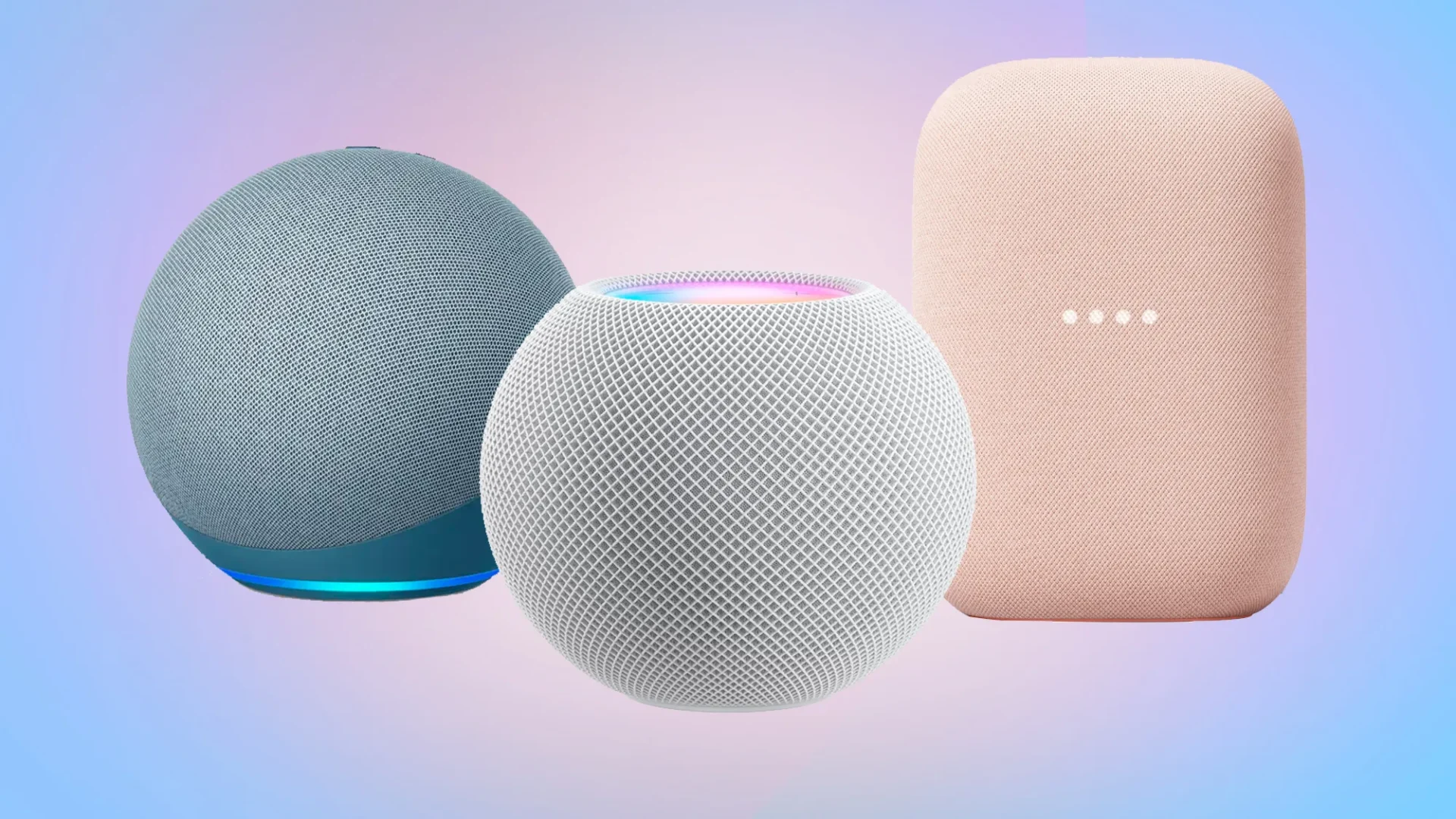What are Smart glass?
Smart glass use a technology called “smart glass” which allows the windows to change their optical properties when an electric current is applied. The glass is coated with special materials like liquid crystals, suspended particle devices or electrochromic materials which can lightly or heavily tint the glass with the flip of a switch or automatically through sensors. When no current is applied, the windows appear clear but when powered, they can block varying amounts of light, heat or glare as needed. This dynamic tinting allows Smart glass to control heat gain/loss, glare and privacy on demand.
Applications of Smart glass
Temperature and Climate Control
One of the major uses of Smart Window glass is in temperature and climate control. By controlling the amount of sunlight passing through, Smart glass can help heat or cool indoor spaces naturally. In winter, the windows can stay clear to let in warm sunlight. In summer, they can darken to block excess heat from the sun and prevent rooms from overheating. This passive solar heating and shading ability can significantly reduce energy consumption from heating/cooling systems. The windows can also self-tint based on outdoor temperature or brightness sensors for round-the-clock climate regulation without manual intervention.
Glare and View Control
Besides temperature control, Smart glass also help reduce eyestrain and glare. Working near windows on sunny days can cause discomfort but smart glass technology allows windows to darken automatically based on the intensity of incoming light. This shields users from harsh glare without completely blocking the view. The windows can also change opacity on demand for privacy when needed. Combined with sensors, Smart glass provide dynamic, automated control over views and visibility both inside and outside spaces.
Energy Efficiency in Buildings
When implemented across the building envelope, Smart glass provide major energy savings potential for commercial buildings and homes. According to studies, switchable windows can cut annual heating and cooling loads by 15-50% depending on the climate zone and design. This directly translates to lower utility bills and carbon footprint. Smart glass balance natural light, views and thermal performance optimally to passively condition indoor spaces with minimal mechanical support. Their self-regulating abilities make buildings more comfortable and energy-efficient without extra effort.
Advantages and Limitations of Smart Window
– Energy savings on lighting, heating/cooling via climate control
– Improved visual and thermal comfort via dynamic shading
– Glare protection without blocking views entirely
– Enhanced security with remote or automated tinting
– Self-regulating performance requires low maintenance
Limitations and Challenges
– Higher initial costs than conventional windows
– Durability and lifetime of coated materials needs validation
– Potential for service outages if powered components fail
– Dark tint reduces visible light transmission significantly
– Switching speeds can be slow in some early prototypes
Future Developments and Applications
Improving Switching Speeds
Current research focusses on developing faster switching materials, coatings and technologies that can transition windows from clear to dark states almost instantly rather than the few minutes some early models require. Faster response times will make Smart glass more viable for glare control applications. Liquid crystal technologies show the most promise here with switching speeds approaching a second.
Integrating Sensors and Controls
Future Smart glass will incorporate advanced sensors to better analyze daylight, temperature, occupancy and automatically optimize performance based on real-time conditions rather than pre-programmed schedules. Integrating smart controls and smart home/building systems opens up opportunities for responsive, personalized solutions.
New Applications
As technologies advance, Smart Window could expand into new areas like transportation, healthcare and horticulture requiring specialized daylight, privacy or climate functions. Aerospace and automotive sectors may use smart glazing to regulate cabin temperatures, anti-glare and tint levels. Healthcare designs may utilize Smart glass to control circadian lighting indoors. Overall, smart glass present an exciting avenue to reimagine how we experience the outdoors from within our built structures. With continued progress, they will revolutionize building design and operations over the coming decade.
*Note:
1. Source: Coherent Market Insights, Public Source, Desk Research
2. We have leveraged AI tools to mine information and compile it.




